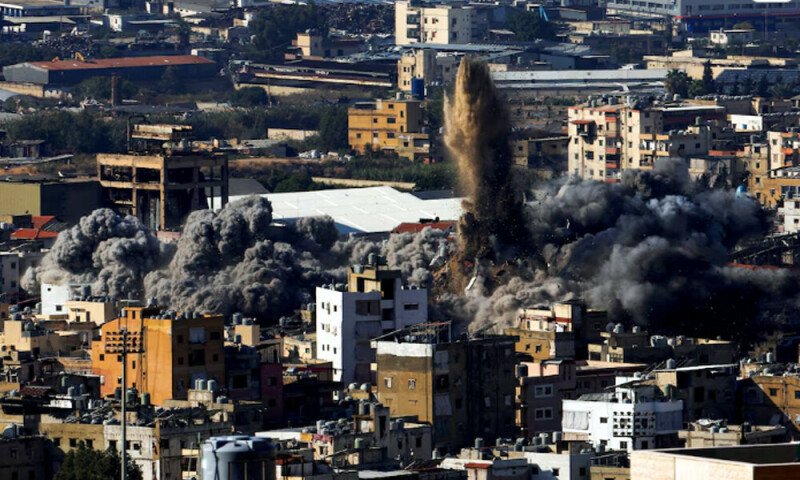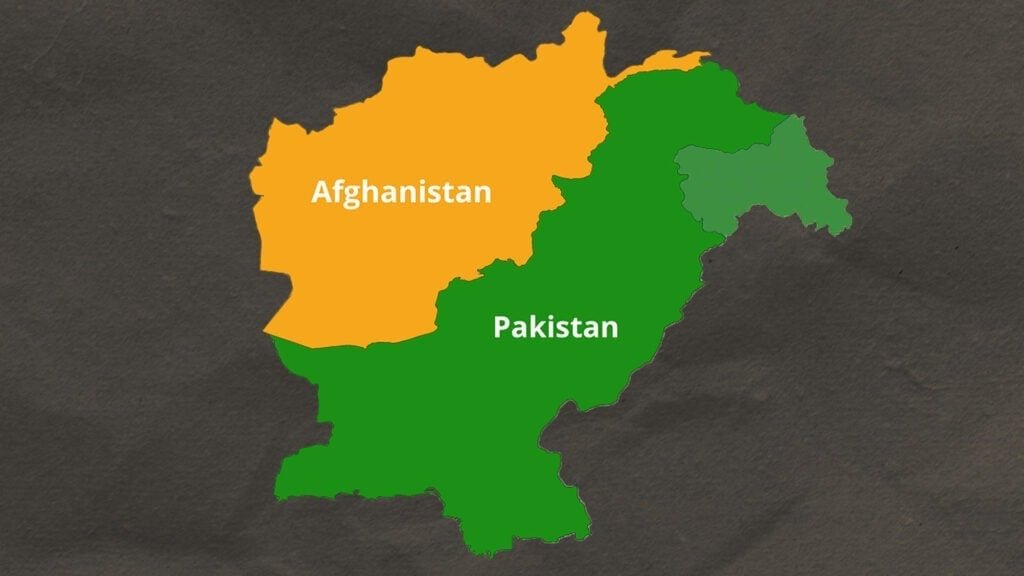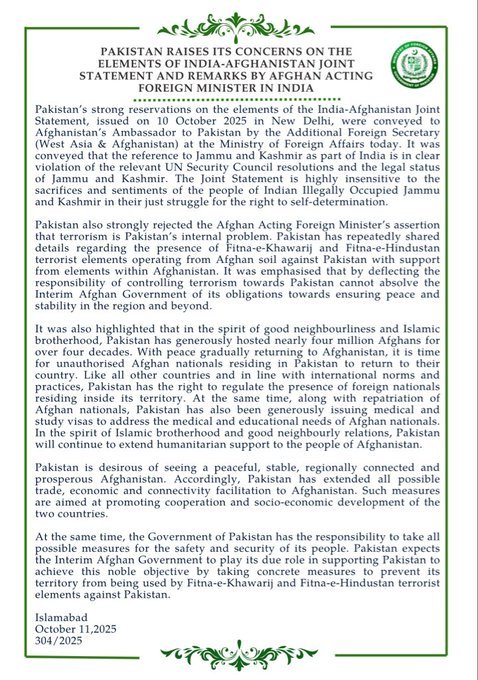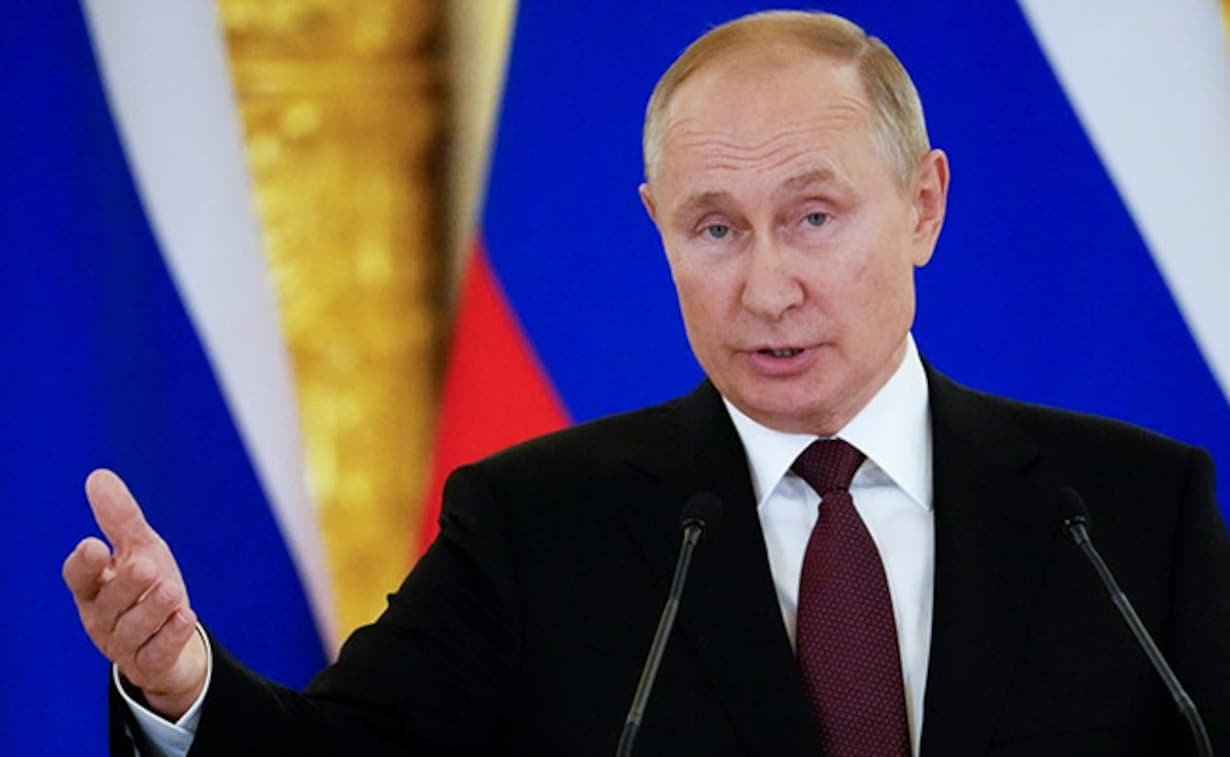A senior Lebanese official has indicated that Hezbollah is prepared to withdraw its forces from the Lebanese-Israeli border as part of a potential ceasefire agreement, but has firmly rejected Israel’s demand for unrestricted future military actions against Hezbollah on Lebanese soil. This development comes amidst heightened tensions and continuous violence between the two parties, as Israeli airstrikes in Beirut’s southern suburbs continue to intensify.
Israeli officials have suggested that a ceasefire is closer than ever, although they stress the importance of securing the right to take action within Lebanon if Hezbollah resumes its presence or activities near the border. A key sticking point for Israel is ensuring that any ceasefire agreement allows it the freedom to retaliate if Hezbollah re-establishes military positions in Lebanon’s southern region.
Despite this, Hezbollah has maintained its commitment to Resolution 1701, which was intended to resolve the 2006 Lebanon-Israel war. This resolution mandates Hezbollah’s withdrawal from areas near the Lebanese-Israeli border and the Litani River, approximately 30 kilometers from the border. According to Ali Hassan Khalil, a senior Lebanese official and ally of Hezbollah, the group has expressed its readiness to adhere to this resolution, provided that it is implemented as outlined. However, he also pointed out that Hezbollah had not yet received an official ceasefire proposal from Israel or the United States, despite ongoing diplomatic efforts.
Meanwhile, Israel’s military continues its heavy bombardment of Hezbollah strongholds, with airstrikes targeting the southern Beirut suburbs for the third consecutive day. The strikes have caused significant damage, particularly in Dahiyeh, where multiple buildings have been destroyed. The latest airstrikes also hit towns in southern Lebanon and the Bekaa Valley, with reports of civilian casualties. According to Lebanon’s health ministry, the ongoing Israeli bombardment has claimed over 3,365 lives and injured more than 14,000 people since October 7, 2023.
For Lebanon, the economic cost of the conflict has been staggering. A World Bank report estimates that the total damage, including physical destruction and economic losses, has reached $8.5 billion. This comes at a time when Lebanon is still struggling to recover from a financial collapse that began five years ago, leaving the country ill-prepared for the additional strain of war.
While the Lebanese government has been in talks with international mediators, including US envoy Amos Hochstein, the path to a ceasefire remains fraught with challenges. Lebanese officials have expressed a willingness to accept US or French participation in monitoring the terms of any ceasefire agreement, but the main hurdle lies in resolving the question of military activity in southern Lebanon post-ceasefire. The Israeli demand for future freedom of action within Lebanon could be seen as a major obstacle to any lasting peace agreement.
The situation remains volatile, and with ongoing casualties and destruction, many Lebanese citizens are expressing despair over the prospects for peace. As one resident from southern Beirut remarked, “It seems things are getting worse, and I don’t even know if there is a solution now.”
Despite these challenges, the diplomatic efforts continue, with hopes that a ceasefire deal, potentially shaped by international mediators, may offer some relief to the war-torn region. However, both sides remain far apart on key issues, and the road to peace seems uncertain at best.















